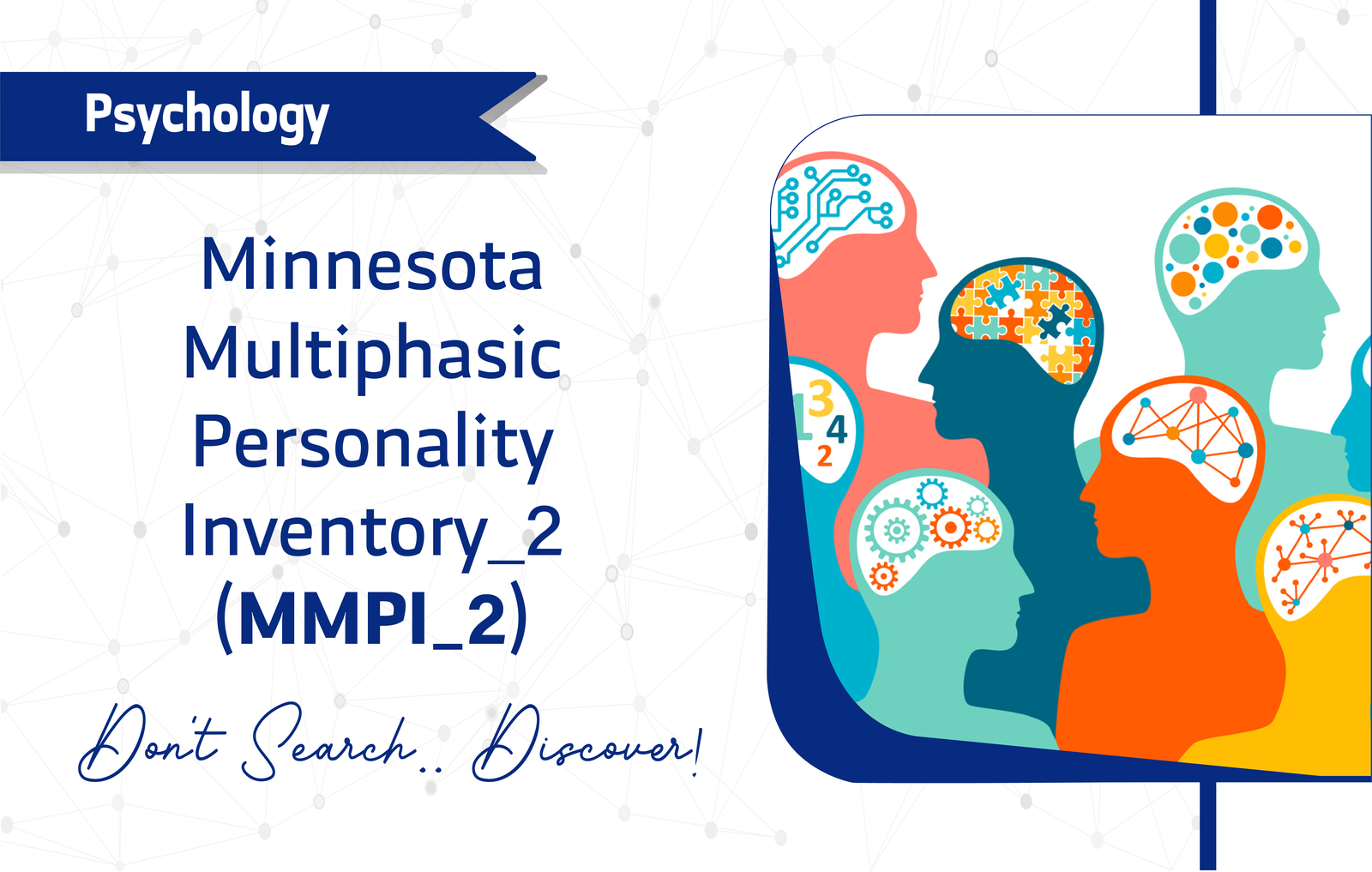Introduction
Clinicians and forensic professionals rely on the Minnesota Multiphasic Personality Inventory-2 (MMPI-2), a cornerstone assessment in clinical psychology. Moreover, this tool evaluates personality structure and identifies psychopathology. Therefore, this comprehensive guide offers researchers and practitioners a detailed overview of the MMPI-2’s key features, clinical applications, and its importance in psychological practice.
Key Features of the MMPI-2
What Is the MMPI-2?
Practitioners primarily use the MMPI-2 to assess:
Personality traits
Emotional functioning
Psychopathological conditions
Furthermore, they apply it in various contexts, including:
Clinical diagnostics
Forensic evaluations (e.g., child custody, criminal responsibility)
Research in psychology and psychiatry
Key Applications
Clinicians rely on the MMPI-2 for:
Personality assessment
Psychopathology evaluation
Forensic use (e.g., custody evaluations)
Research studies
Target Population
The MMPI-2 suits individuals aged 18–80 and serves diverse demographic groups. Additionally, the MMPI-A extends its use to adolescents (ages 14–18).
Structure and Domains
The MMPI-2 comprises 567 items organized into clinical and validity scales. Clinicians use the clinical scales to evaluate various mental health conditions. Meanwhile, validity scales detect response biases such as defensiveness and symptom exaggeration.
Furthermore, it covers a broad range of subdomains:
Clinical Scales: Hypochondriasis (Hs), Depression (D), Psychopathic Deviate (Pd), Paranoia (Pa), Schizophrenia (Sc), and more
Validity Scales: Lie (L), Infrequency (F), Correction (K), etc.
Content Scales: Anxiety, Anger, Obsessiveness, etc.
Scoring and Interpretation
The MMPI-2 uses a True/False format and interprets scores through T-scores, which feature a mean of 50 and a standard deviation of 10. Clinicians consider T-scores above 65 on clinical scales indicative of potential pathology. Additionally, the F-scale and L-scale validity scales help determine if respondents exaggerate or defensively underreport symptoms.
Administration Format and Time
Practitioners administer the MMPI-2 in both paper-based and digital formats. Typically, respondents spend 60–90 minutes completing the full version. Conversely, the MMPI-2-RF (Restructured Form) shortens administration to 35–50 minutes with its 338 items.
Special Requirements
Clinicians require advanced training to administer and interpret the MMPI-2 effectively, which ensures accurate and reliable outcomes.
Reliability and Validity
Researchers and clinicians recognize the MMPI-2’s high reliability, with Cronbach’s alpha values ranging from 0.70 to 0.90 across scales. Moreover, the instrument demonstrates strong validity for diagnosing mental health conditions and evaluating personality traits.
Key Strengths
High Reliability: Proven consistency across different settings
High Validity: Strong correlation with established psychiatric diagnoses
Languages Available
Researchers offer the MMPI-2 in multiple languages, including English, Spanish, French, Mandarin Chinese, and Arabic. Consequently, this linguistic diversity makes it a versatile tool in international settings.
Clinical Utility
The MMPI-2 plays a crucial role in clinical practice:
- Screening and diagnosing mental disorders.
- Formulating treatment plans and psychological assessments.
- Conducting forensic evaluations.
- Supporting research studies in behavioral sciences.
Training and Resources
Clinicians must pursue specialized training to administer and interpret the MMPI-2 effectively. Moreover, the University of Minnesota Press offers manuals and consulting services for additional guidance.
Limitations
While the MMPI-2 is a robust tool, it does have some limitations, including:
- Self-Report Measure: Results are based on the individual’s self-perceptions, which may introduce bias.
- Length: The full MMPI-2 may be too lengthy for certain clinical settings, although the MMPI-2-RF addresses this issue.
Frequently Asked Questions (FAQ)
What is the MMPI-2 used for?
Clinicians use the MMPI-2 to assess personality traits, diagnose mental disorders, and conduct forensic evaluations.How long does the MMPI-2 take to complete?
Typically, respondents complete the MMPI-2 in 60–90 minutes, depending on the version. Conversely, the MMPI-2-RF takes 35–50 minutes.Is training required to administer the MMPI-2?
Indeed, clinicians require advanced training to administer and interpret the MMPI-2 accurately.What languages is the MMPI-2 available in?
Moreover, practitioners can access the MMPI-2 in multiple languages, including English, Spanish, French, Arabic, and Mandarin Chinese.
A word from ResRef about Gastrointestinal Quality of Life Index
The MMPI-2 offers researchers and clinicians a reliable, valid approach to assessing personality structure and psychopathology. Consequently, professionals worldwide consider it indispensable for gaining critical insights into mental health and personality disorders. At ResRef, we emphasize the value of standardized, reliable assessments in advancing research and practice. Therefore, we regard the MMPI-2 as a foundational tool that continues to shape our understanding of psychopathology and personality traits across diverse contexts.
References
- Butcher, J. N., Dahlstrom, W. G., Graham, J. R., Tellegen, A., & Kaemmer, B. (1989). MMPI-2: Manual for administration and scoring. University of Minnesota Press.
- Tellegen, A., & Ben-Porath, Y. S. (2008). MMPI-2-RF: Technical manual. University of Minnesota Press.
- Pearson Assessments. (n.d.). Minnesota Multiphasic Personality Inventory-2 (MMPI-2). Retrieved from Pearson Assessments.








